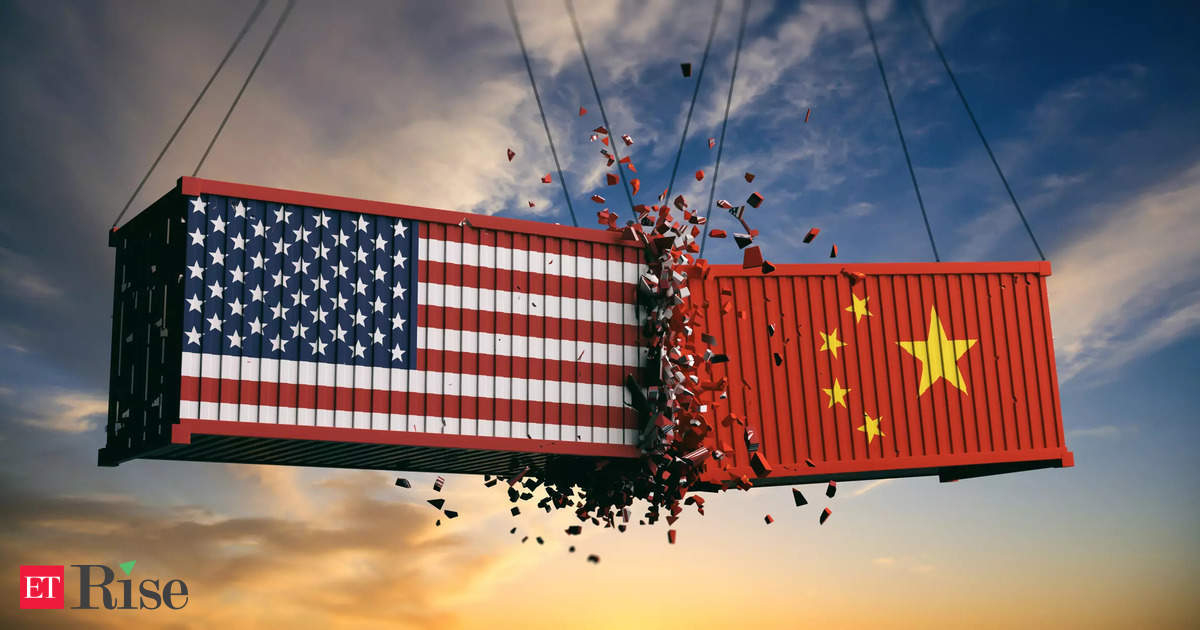China is likely to continue its aggressive naval approach toward the Philippines amid their disputes in the South China Sea, experts say.
Philippines President Ferdinand Marcos Jr. has signed two new maritime laws to protect Manila’s disputed territory: the Philippine Maritime Zones Act and Philippine Archipelagic Sea Lanes Act.
According to the Philippines Presidential Office, the Philippine Maritime Zones Act “seeks to designate the country’s archipelagic sea lanes, which would create routes over the country’s water and airspace.”
The act also “declares the Philippines’ maritime zones in accordance with the standards set by the United Nations Convention on the Law of the Sea (UNCLOS). The Philippine Archipelagic Sea Lanes Act establishes a system of archipelagic sea lanes and air routes, through which foreign vessels and aircraft shall exercise the right of archipelagic sea lanes passage.”
Raymond Powell, director of Sealight at Stanford University’s Gordian Knot Center for National Security Innovation, says the introduction of the laws is necessary for Manila’s long-term strategy of resistance against Beijing.
“Passage of the Philippines’ new maritime laws is a necessary step in its lawfare against China’s maritime aggression, which has reached the scale of an occupation of large swaths of the West Philippine Sea,” Powell told VOA. Lawfare is a name given to using political and judicial action in a dispute.
Malaysia is also protesting the Philippines new maritime laws. Malaysia’s deputy foreign minister, Mohamad Alamin, says the laws touch upon Malaysia’s overlapping claims of territory that borders Sabah on Borneo Island.
But it’s China that claims almost all of the South China Sea under its nine-dash line designating its territory.
In 2016 the Permanent Court of Arbitration ruled that China’s claims have no legal basis under the United Nations Convention on the Law of the Sea.
China has long ignored that ruling. Beijing and the Philippines both claim the Second Thomas Shoal of the Spratly Islands, which China calls the Nansha Islands. The Scarborough Shoal, or Huangyan Island, is also contested between the two countries. Beijing seized the island in 2012.
In recent years, the overlapping claims escalated when Philippine vessels faced aggressive encounters from Chinese ships while operating in the contested waters.
Powell said Manila’s signing of maritime laws is part of a long-term strategy.
“The Philippines now not only has a PRC [People’s Republic of China] military base at Mischief Reef, deep within its lawful exclusive economic zone, China now controls access to several key features, such as Scarborough, Sabina and Second Thomas Shoals. With Beijing now behaving as an imperial occupation force, Manila needs a comprehensive, long-term strategy of resistance to raise the costs of that occupation. Lawfare will be a key component to that campaign,” he said.
China has already opposed the Philippines new maritime laws, calling them a serious infringement. Beijing summoned the Philippines’ ambassador to protest last week, while China’s embassy has warned Manila of its “unilateral” actions.
“China will continue to take necessary measures in accordance with the law to safeguard its territorial sovereignty and maritime rights,” the embassy said in a statement, according to Reuters.
Jay Batongbacal, a maritime expert, told VOA’s Mandarin Service that China opposes resistance from the Philippines to serve its own interests.
“The fundamental source of insecurity really is that China’s interests in the South China Sea have always been defined and driven by its military and strategic objectives of establishing and gaining dominance and control in the first and second island chains,” he said.
Zachary Abuza, a professor at the National War College in Washington, says the laws help Manila challenge China’s claims.
“The laws do not fundamentally change things on the ground, but they do have their purposes. The law allows the Philippines to assert their own effective control and create a legal basis to challenge China’s claims,” he told VOA.
But China will push back aggressively, he added.
“We should expect more aggressive behavior,” he said. “We just saw them draw baselines around Scarborough Shoal, a low tide elevation, which is totally illegal in international law. China just hates it when states move to advance their legal claims. It is still stinging from 2016 when the Permanent Court of Arbitration tossed out each of their legal clams of sovereignty over the entire South China Sea.”
China has responded by publishing on Sunday new baselines outlining its claims over Scarborough Shoal, and on Wednesday, Beijing conducted air and naval combat drives at the disputed shoal.
Since Marcos became president in 2022, Manila has reinvigorated its relations with the U.S., which had been distanced under previous Philippines President Rodrigo Duterte, despite the U.S., and the Philippines being long-time mutual defense partners.
Under Marcos, the Philippines has given U.S. troops more access to its military bases and conducted joint naval exercises. Manila is also aiming to buy midrange missiles from Washington to bolster its defense, while China claims the action will undermine peace in the region.
U.S. Secretary of Defense Lloyd Austin will travel to the Philippines later this month as part of a series of Asia-Pacific meetings in the region.
But with U.S. President-elect Donald Trump set to take office in January, questions remain about Washington’s role between the two countries.
“The Philippines needs to be able to convince President-elect Trump of its continued value as U.S. partner in the Indo-Pacific,” Vincent Kyle Parada, a former defense analyst in the Philippines Navy, told VOA’s Mandarin Service. “While bipartisan consensus against China remains strong, Marcos Jr. should anticipate a more quid pro quo or a transactional relationship with Washington and work to rely on his foreign policy initiatives with the U.S.,” he added.



